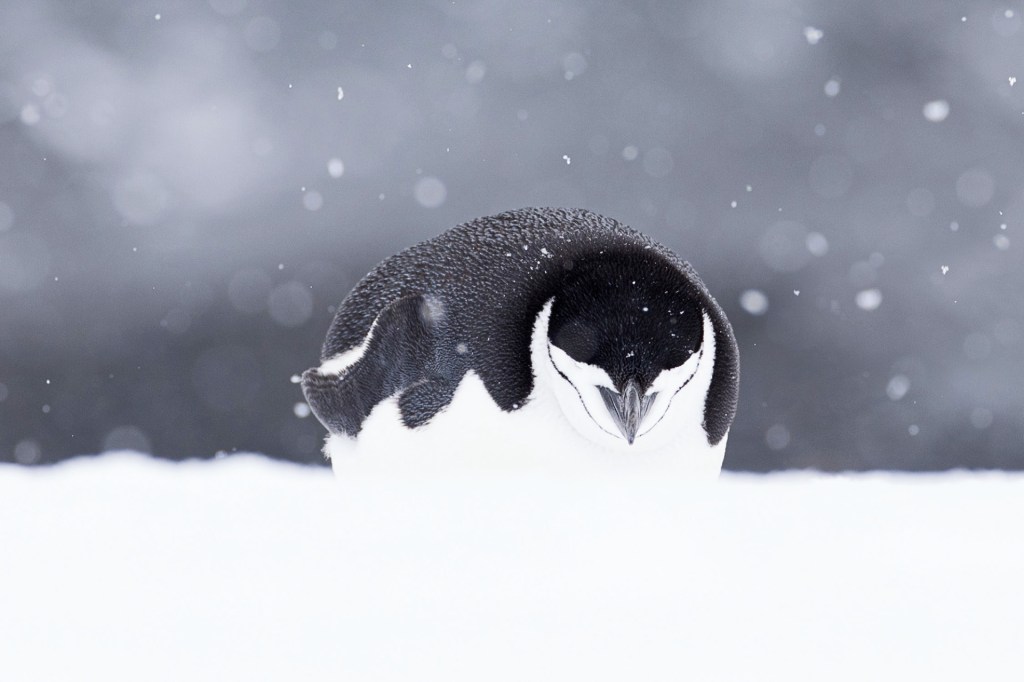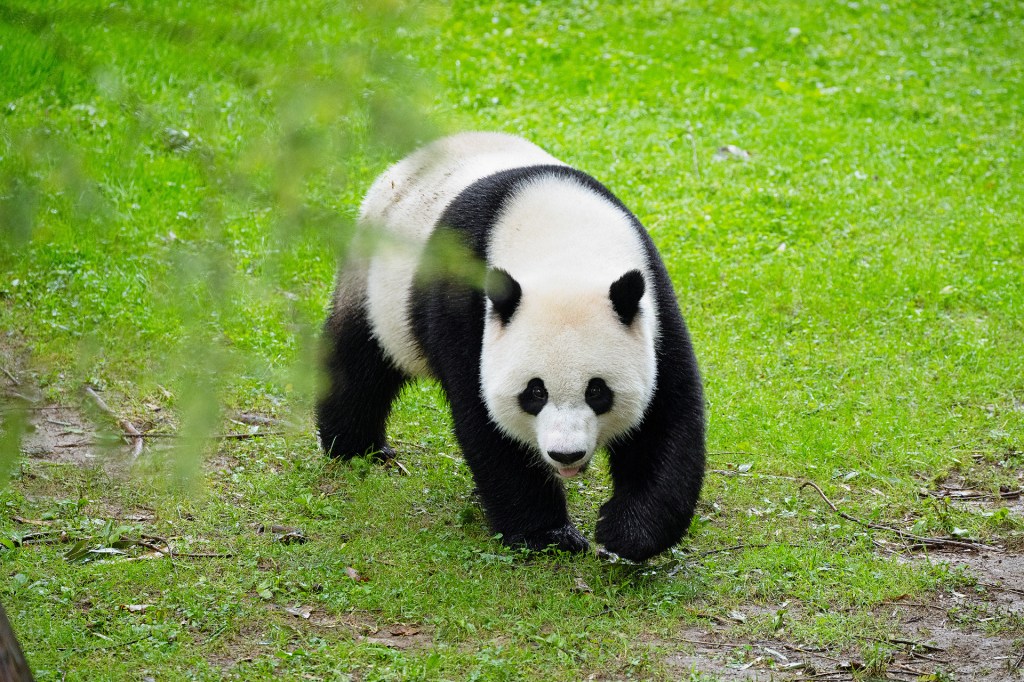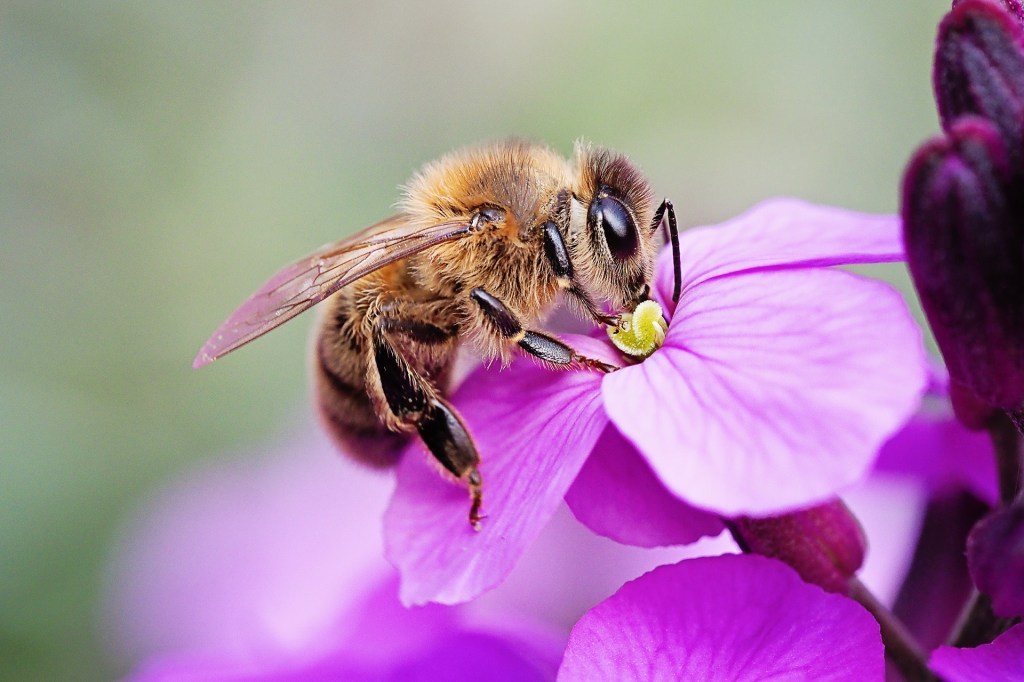
There may be a new way to save endangered honeybees. A company called Dalan Animal Health is making a vaccine. It protects honeybees from a killer bacterium. This germ is called American foulbrood. It spreads from hive to hive.
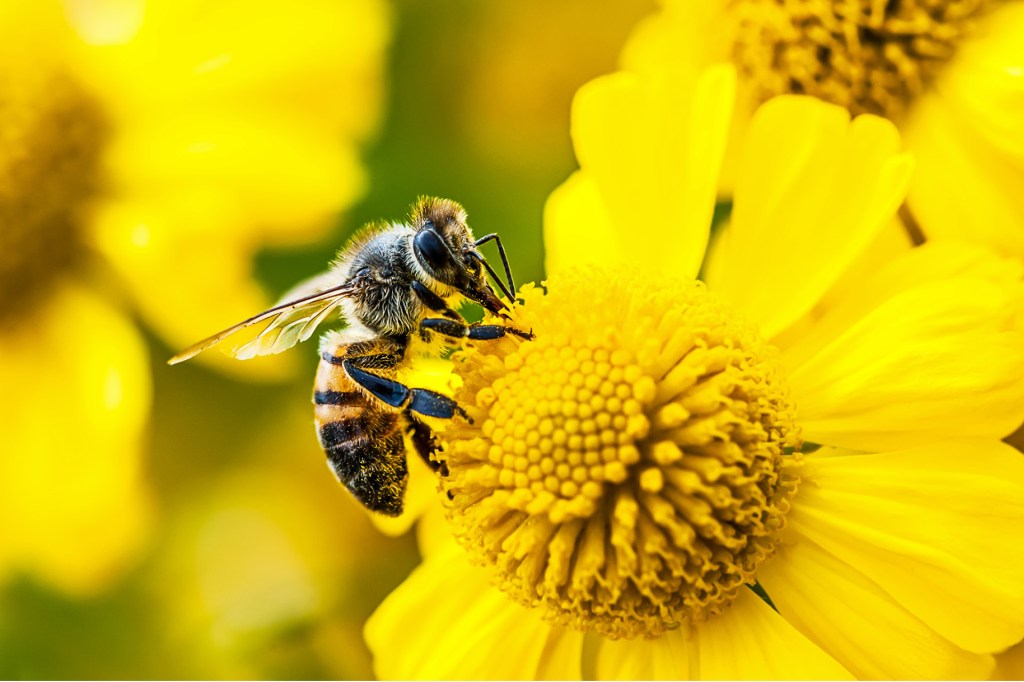
A honeybee gets nectar from a flower. Pollen from the flower sticks to the bee. The bee carries it to another flower. This is called pollination.
PHILIPPE LEJEANVRE—GETTY IMAGESDalan got approval from the United States Department of Agriculture (USDA) to develop the vaccine. It is the first of its kind.
The vaccine will help beekeepers, too. Their business depends on bees. Tauzer Apiaries is a business in California. “This is an exciting step forward for beekeepers,” the company says.
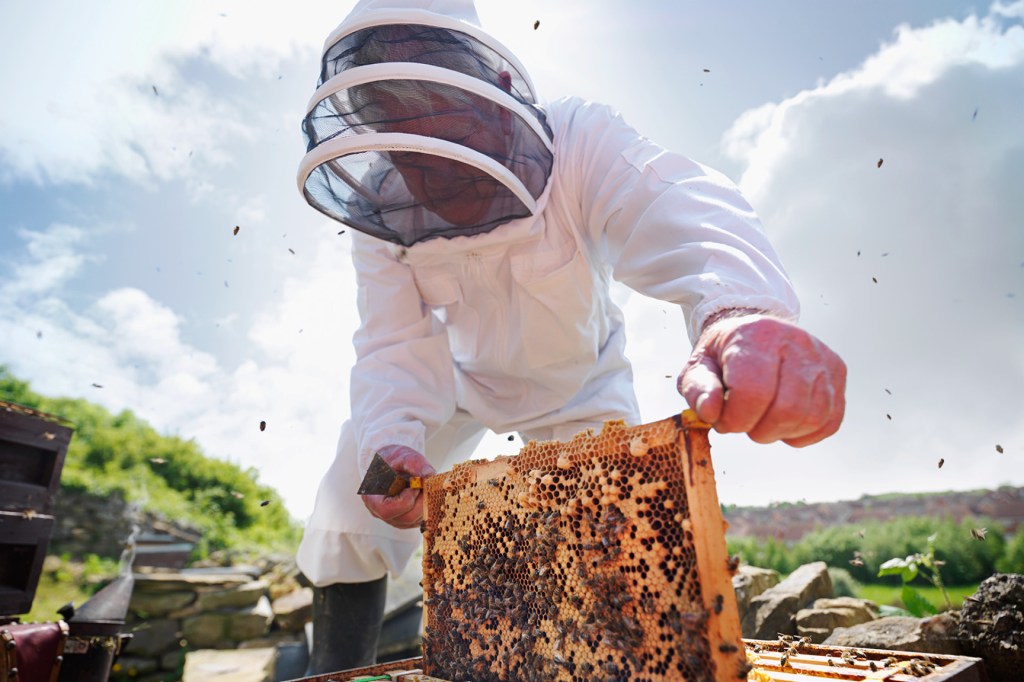
This beekeeper is checking on a beehive. A beekeeper depends on bees to make honey. Bees are also used to pollinate crops.
MONTY RAKUSEN—GETTY IMAGES
A Big Loss
Honeybee numbers are falling. Habitat loss, pesticides, and disease are some of the causes. Losing bees is a big problem. They pollinate plants. This produces many of our foods. We can thank the insects for one out of every three of the foods we eat.
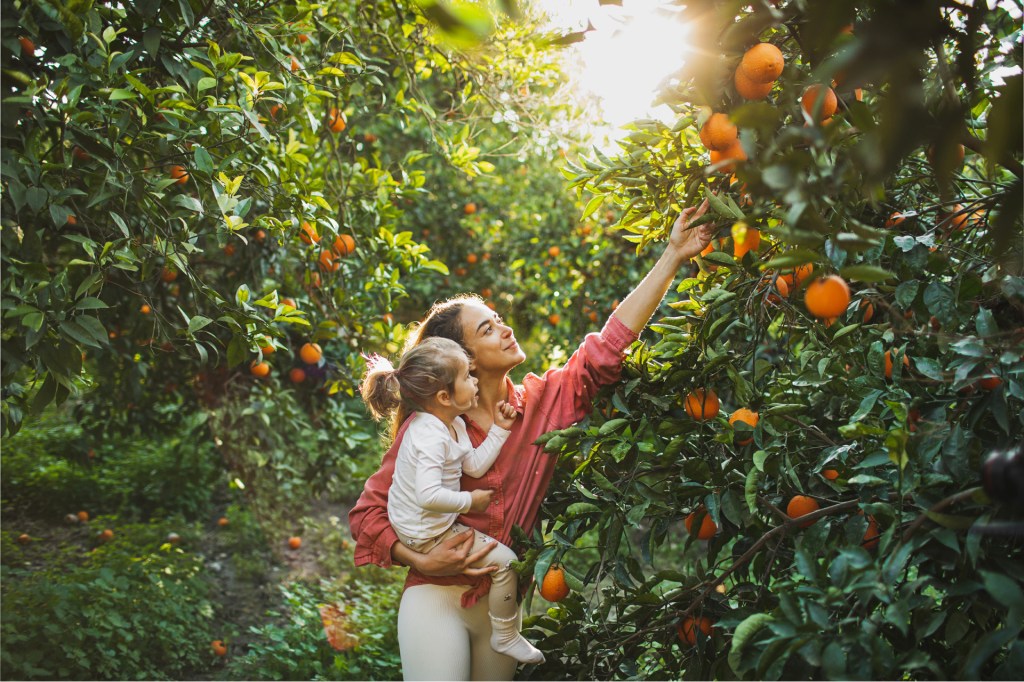
Honeybees pollinate orchards like this one. Bees are responsible for about one-third of the food we eat, according to the USDA.
ANASTASIIA KRIVENOK—GETTY IMAGESU.S. beekeepers lost more than a third of their honeybee colonies in 2019. American foulbrood could make things worse. It can wipe out entire colonies. An average colony has about 60,000 bees.
Sweet Relief
Vaccines are usually given with a needle. Not this one. It’s mixed into royal jelly. Worker bees make the sugary stuff to feed the queen. The vaccine would give the queen’s babies immunity to the disease. Eventually, the whole colony would be immune.
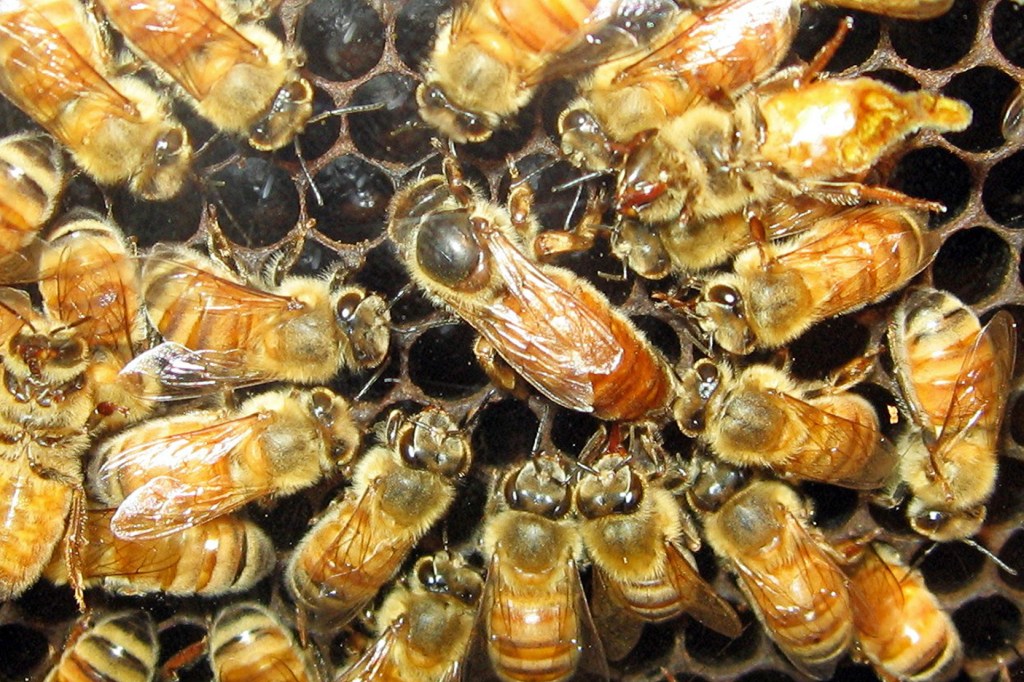
A queen bee is surrounded by other bees in a hive. Queens eat a sweet jelly made by worker bees.
JOCELYN WINWOOD, NZ.—GETTY IMAGESUntil now, infected colonies had to be destroyed. That kept the disease from spreading. The vaccine is a safer way to keep beehives buzzing.
Time Is Short
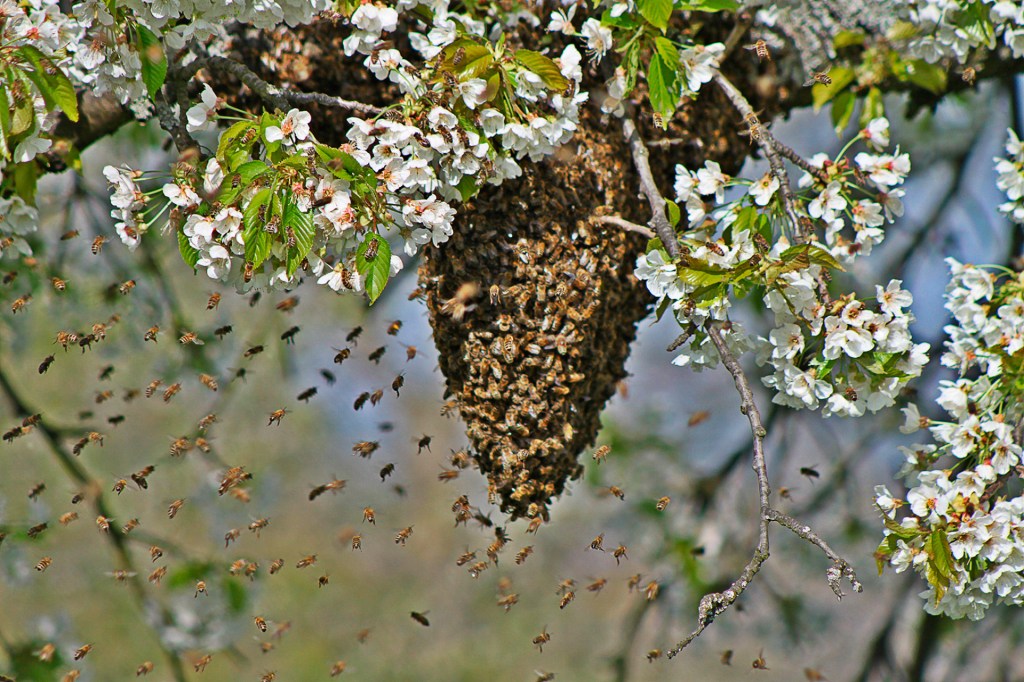
Honeybees don’t live as long as they used to. Scientists in Maryland made this discovery.
The bees live about 18 days. Fifty years ago, they lived closer to 34 days. They produced more honey, too. The scientists say pesticides could be to blame. Disease and habitat loss could also be causes.




